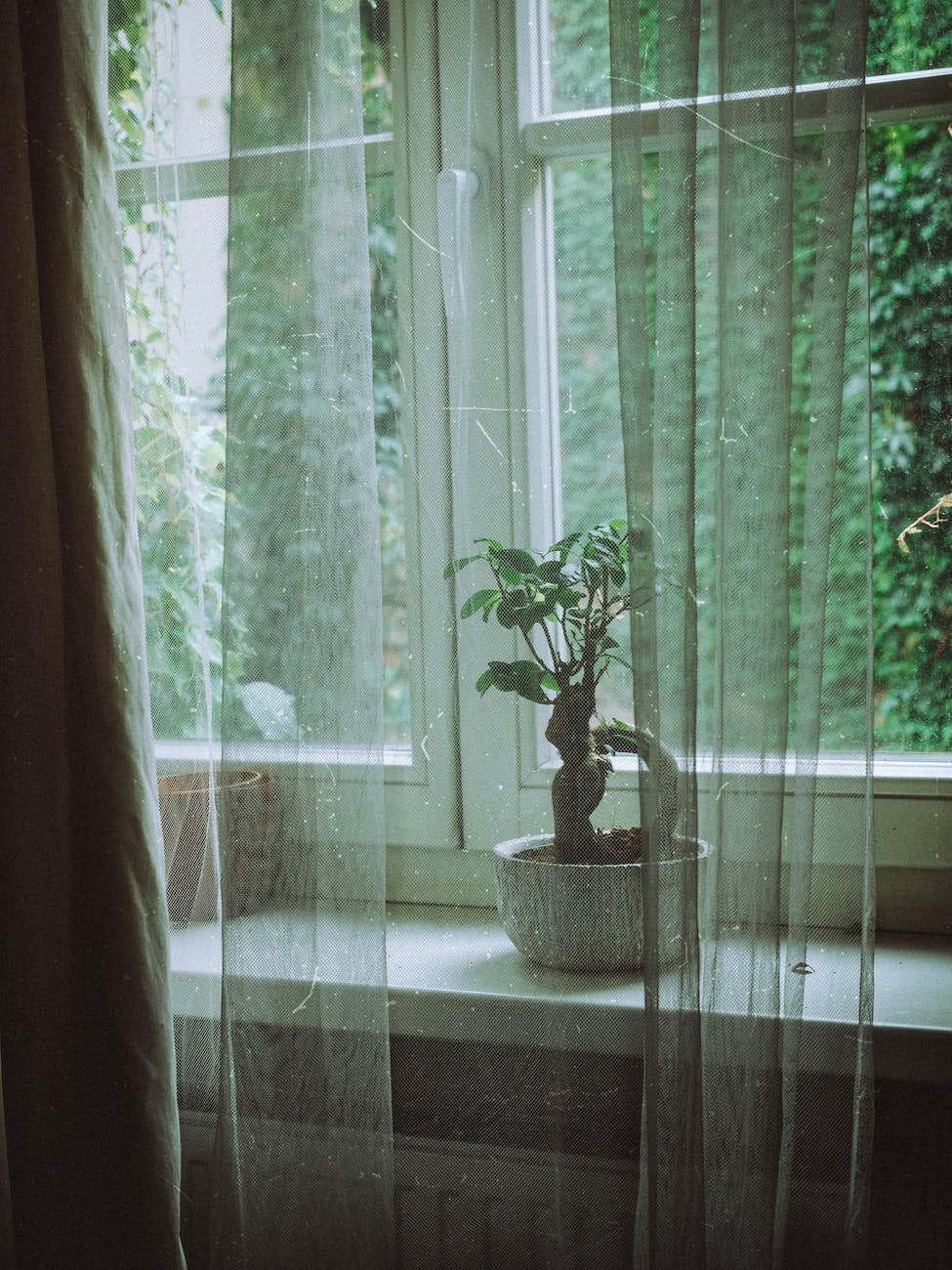Regional Inspiration: Creating Locale-Themed Bonsai Tree Designs
Beyond mimicking generic trees, bonsai also offer opportunities to capture distinctive regional landscapes. Bonsai artists can craft tiny living sculptures that reflect the signature scenery of different locales. From sparse desert vistas to misty mountain forests, cultivating native plant compositions evokes local character. Studying how climate, terrain, architecture, and culture shape a location’s aesthetics allows bonsai design choices to take cues from place. Blending appropriate botanicals, rocks, and accents creates remarkable living dioramas infused with a sense of place. Pursue these approaches to let your bonsai reflect regional personality.
Observational Research for Locale Themes
Immerse yourself in studying the defining traits of an area through firsthand experiences and resources.
Visit Significant Sites
Take photos and make observational sketches when traveling to inspire your bonsai designs.
Study Maps
Note defining topographic features and patterns that could inform compositions.
Read Local Descriptions
Novels, poems, legends, and histories describe regional distinctions that spark ideas.
Analyze Flora and Fauna
Research native plants and wildlife and consider symbolic uses in designs.
Study Artisan Crafts
Local art, architecture, and crafts often derive from the landscape.
Examine Land Use
Agriculture, industry, and development reflect how inhabitants shape the land.
Selecting Evocative Botanicals
Use plants that conjure the spirit of a place.
Native Species
Trees and plants endemic to an area instantly communicate its ecology.
Symbolic Flora
Trees holding cultural meaning like sakura in Japan or cedars in Lebanon speak deeply.
Historic Crops
Feature plants tied to regional economies like grapes, cotton, or olives.
Adapted Species
Even non-native adapted plants like palms in Los Angeles can represent locale.
Bonsai Varietals
Special cultivars like Sierra juniper or San Jose juniper reference specific Californian habitats.
Foraging for Local Materials
Complement native plant compositions with found regional materials that fortify the theme.
Native Stones
Special rocks like New England granite or Welsh slate give geologic character.
Sand and Soil
Using local sands, soils, and aggregates reinforces a sense of place.
Weathered Wood
Old fencing, barn boards, wine barrels, and the like add heritage.
Architectural Salvage
Cast-off building materials reference past eras of development.
Natural Objects
Seed pods, dried plants, shells, feathers, and bones echo indigenous nature.
Styling Techniques to Match Regional Aesthetics
Modify standard techniques to align with local environments.
Mimicking Terrain Shaping
Style trunks and roots to mirror eroded forms caused by moving water, ocean waves, or mountain slopes.
Emulating Regional Weathering
Use pliers, torches, salt treatments, and wire to add gestures reflecting erosion, crevasses, frost cracks and more.
Adapting Plant Habit
Capture peculiar regional growth patterns caused by high winds, snow loading, and other localized conditions.
Integrating Architectural Accents
Add miniaturized built elements like walls, bridges, fences, and buildings that characterize inhabited areas.
Evoking Atmospheric Qualities
Gestures creating moods like foggy, austere, verdant, or desert-bleached further communicate place.
Composing Locale Vignettes
Use thoughtful scene composition to tell a location’s story.
Coordinating Design Elements
Ensure rocks, stands, backdrops, and accents all consistently support the core theme.
Allowing Negative Space
Keep compositions sparse to amplify individual components, mirroring natural minimalism.
Directing Perspective
Position the tree and design elements to guide the viewer’s eye through the scene’s implied narrative.
Lighting Effects
Use directional lighting to cast shadows evoking ambiances like bright desert glare or hazy swampland.
Researching Seasonality
Study how locations transform through seasons and periodically modify displays accordingly.
Reflecting Cultural Heritage
For meaning, incorporate influences of past and present societies.
Flora Symbolism
Certain trees and plants have culturally assigned virtues. Research local associations.
Historic Pots or Stands
Use containers and displays referencing traditional crafts and motifs.
Mythic Allusions
Naming trees or including accent pieces nodding to legends and folklore adds depth.
Spiritual Customs
Design choices can respectfully echo meaningful rituals and observances of a culture.
Architectural Homages
Miniaturized architectural models and backdrops depict defining built environments.
Mesmerizing Regional Style Concepts to Pursue
Let these spark creative visions tailored to your own locales.
- Desert redrock canyons with Utah juniper
- Misting Smoky Mountain ridges dense with spruce
- Spanish moss dangling cypress emerging from bayou mists
- Great Lakes shorelines with windswept pines and eroded dunes
- Palestinian olive trees with architectural relic accents
- Portland Japanese maple amid hip indie neighborhood models
- Minnesota birch woodlands changing through the seasons
- Southwestern adobe bonsai tableau with blue agave
The nuances of place offer endless inspiration. Let your bonsai transport viewers to vignettes of your cherished locales through creative plant choices and detailing that capture unique genius loci.
